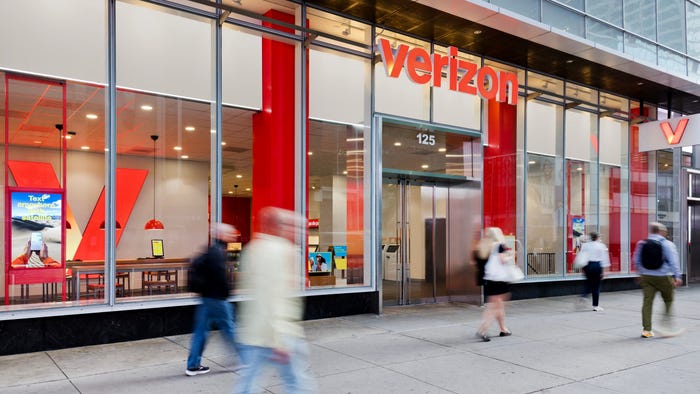Deutsche Telekom defends use of Huawei on shaky groundsDeutsche Telekom defends use of Huawei on shaky grounds

If you were to go snooping around Deutsche Telekom’s radio access network (RAN) in Germany for new equipment provided by Finland’s Nokia or Japan’s Fujitsu, you would need a very big magnifying glass and a lot of time. Both companies are named in a recent blog by the German telecom incumbent that rejects recent European Union criticism about its risky 5G reliance on Huawei, a controversial Chinese supplier. We have alternatives, the operator seems to be saying. And yet Nokia and Fujitsu are barely visible outside trials.
Both have swung behind a newish concept called open RAN that Deutsche Telekom and other European telcos have championed. With it, supplier interoperability would be assured, allowing an operator to combine vendors at a site where they would previously have sourced all products from one company’s system. If it works out, it could buoy specialists and generate sustainable alternatives to the big kit vendors of today.
But in a white paper published as recently as February, Deutsche Telekom acknowledged that open RAN is not ready for “immediate large-scale deployment” and won’t be anytime soon. One of the big problems to have recently emerged is the unsuitability of today’s open fronthaul 7.2x specification for massive MIMO, an antenna-rich 5G technology that is going mainstream and showing up in lots of telco RFPs (requests for proposal).
A change approved by the O-RAN Alliance, the telco-led group dealing with specs, would remove some features from the distributed unit (DU), a server box that does RAN computation, and stick them back in the radio unit (RU). But experts say this could add complexity, hinder progress and make openness harder to guarantee. If telcos resort to buying DUs and RUs from the same vendor, open RAN will have failed.
Blurred lines
In the meantime, Deutsche Telekom has built an extensive 5G network – covering about 95% of the German population, it claims – using traditional technology. And Huawei figures prominently, accounting for almost 60% of the 5G RAN equipment deployed so far, according to data from Strand Consult, a Danish firm. The only other big RAN vendor is not Fujitsu or Nokia but Sweden’s Ericsson, providing old-fashioned gear.
Deutsche Telekom seems to think it has done enough by removing Huawei from its core, the sensitive control center of the network, where a rogue vendor could wreak havoc. The RAN, by contrast, “is classified as less critical and lower priority in terms of safety,” it says in its blog. “The same applies to the transport and aggregation network.”
Yet Ericsson disagrees. In a white paper published about three years ago, the Swedish company said that “RAN and core are both critical components of 5G networks because gNBs (5G basestations) terminate the encryption of user data.”
To read the complete article, visit Light Reading.



